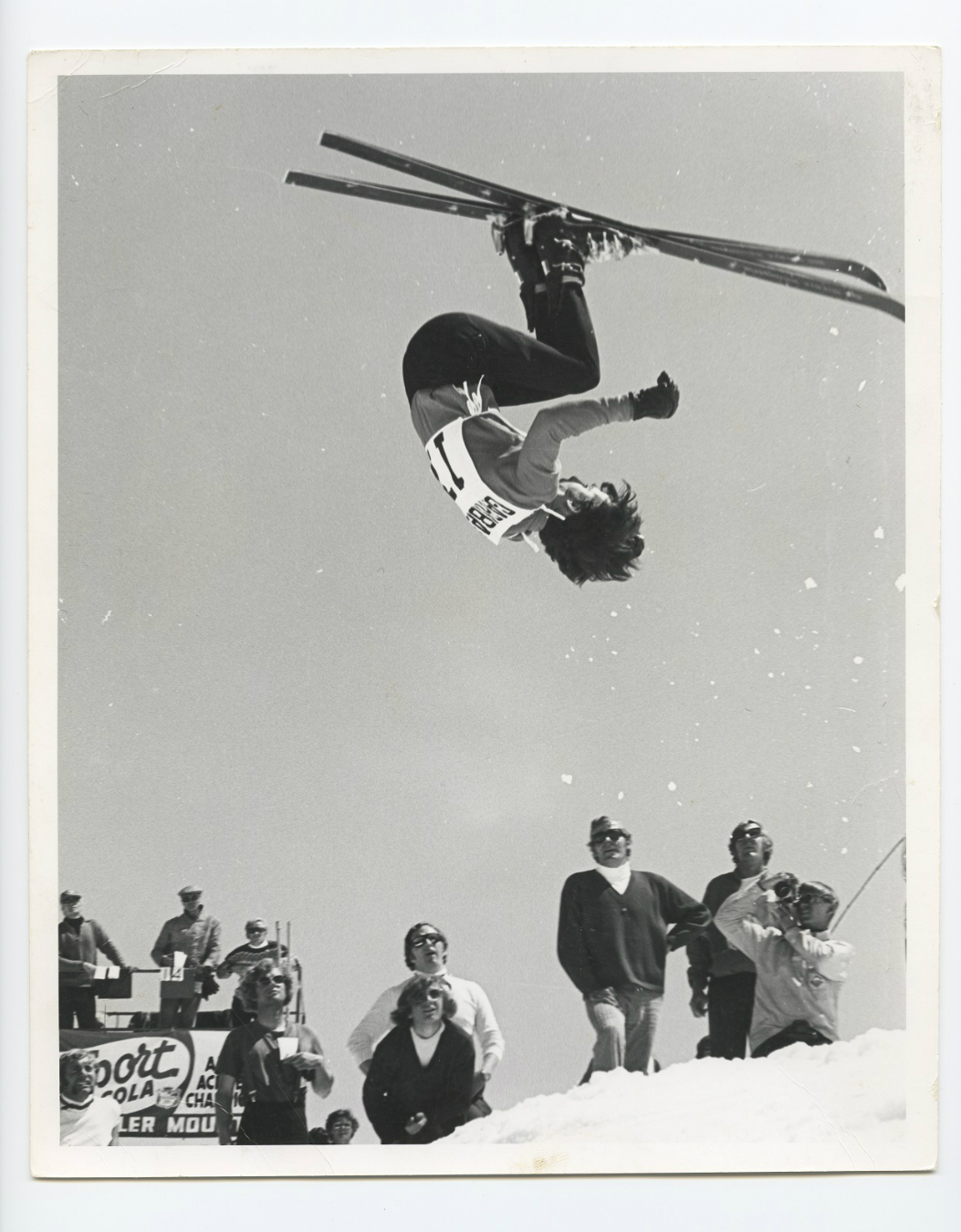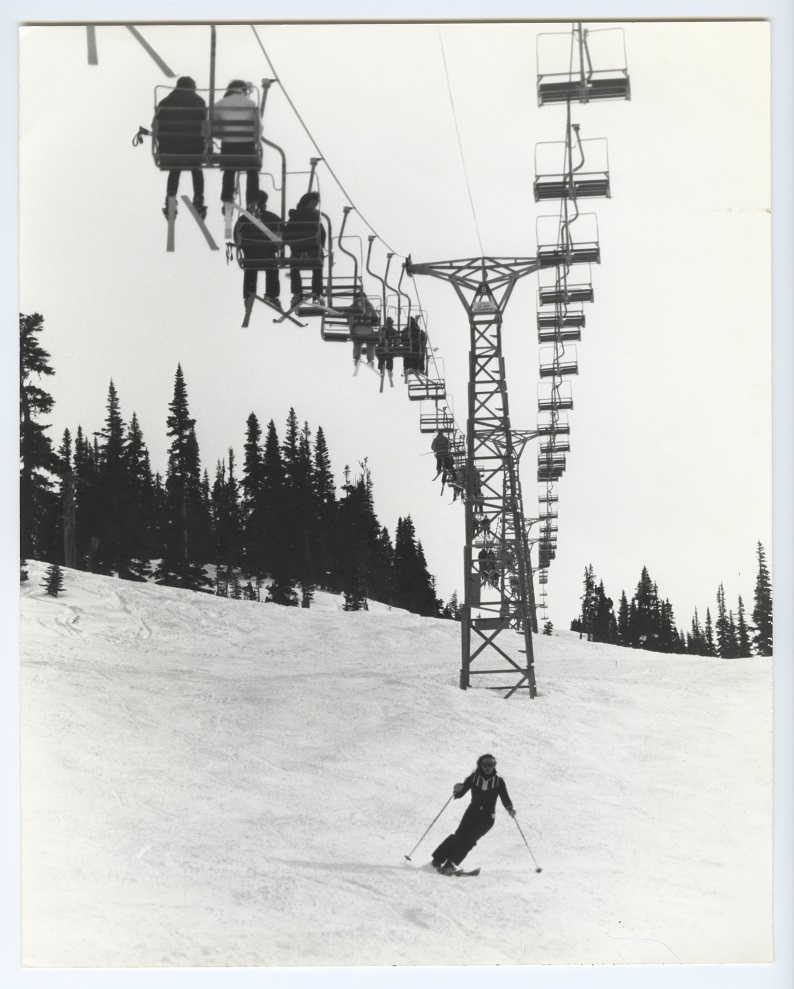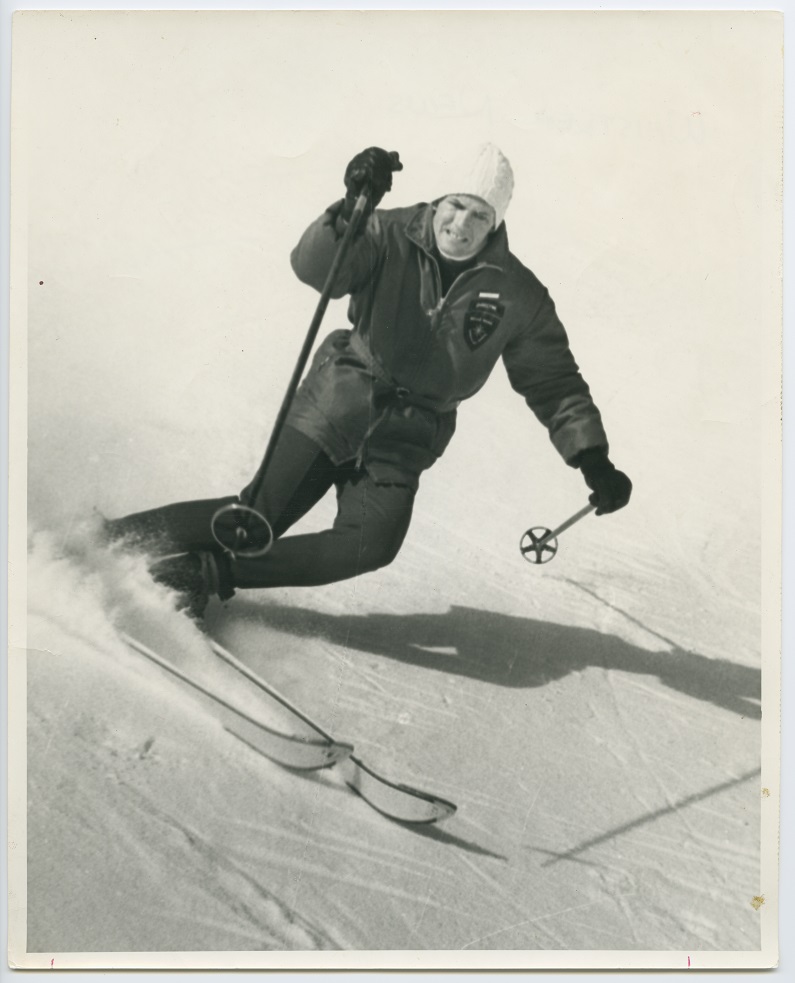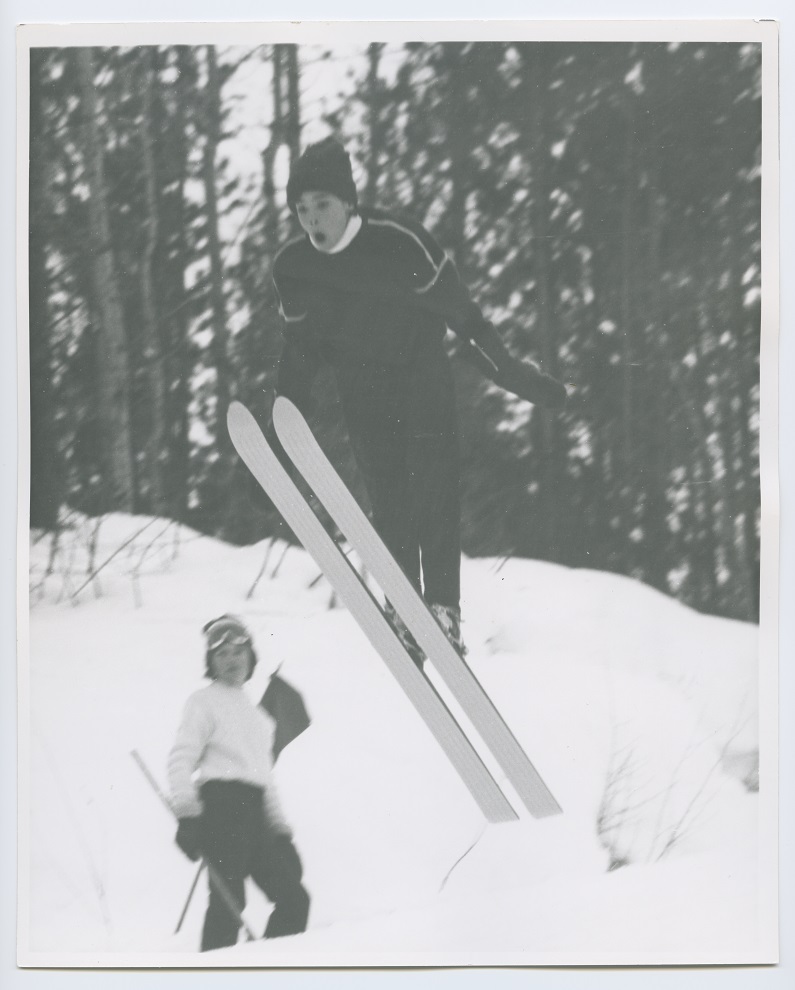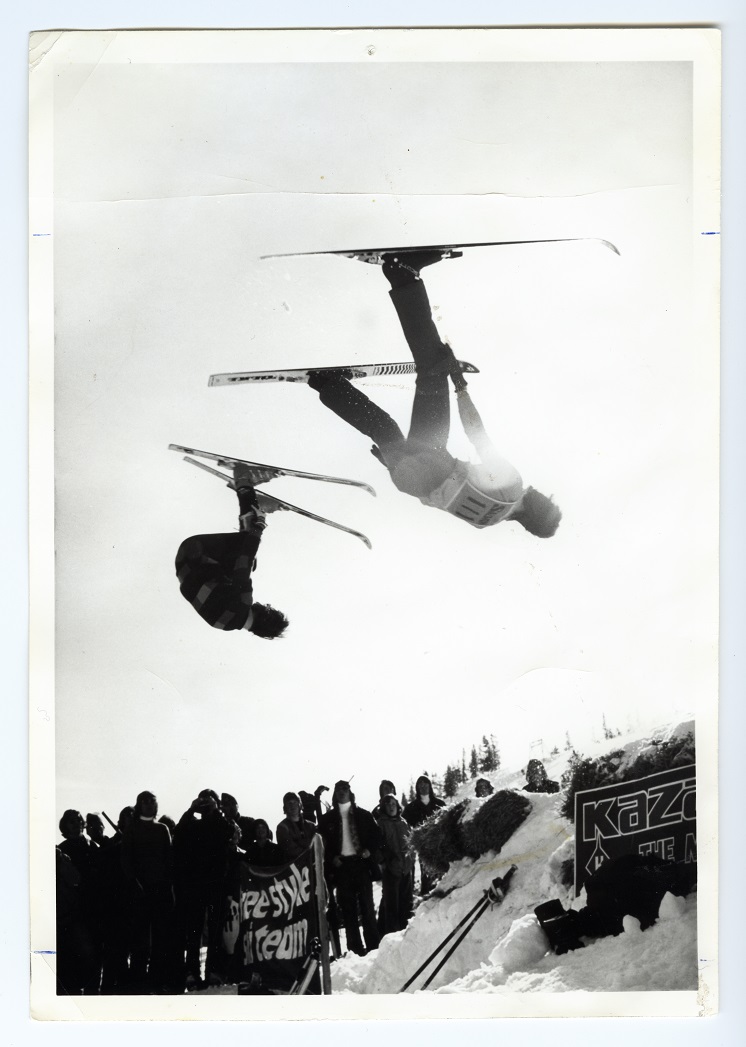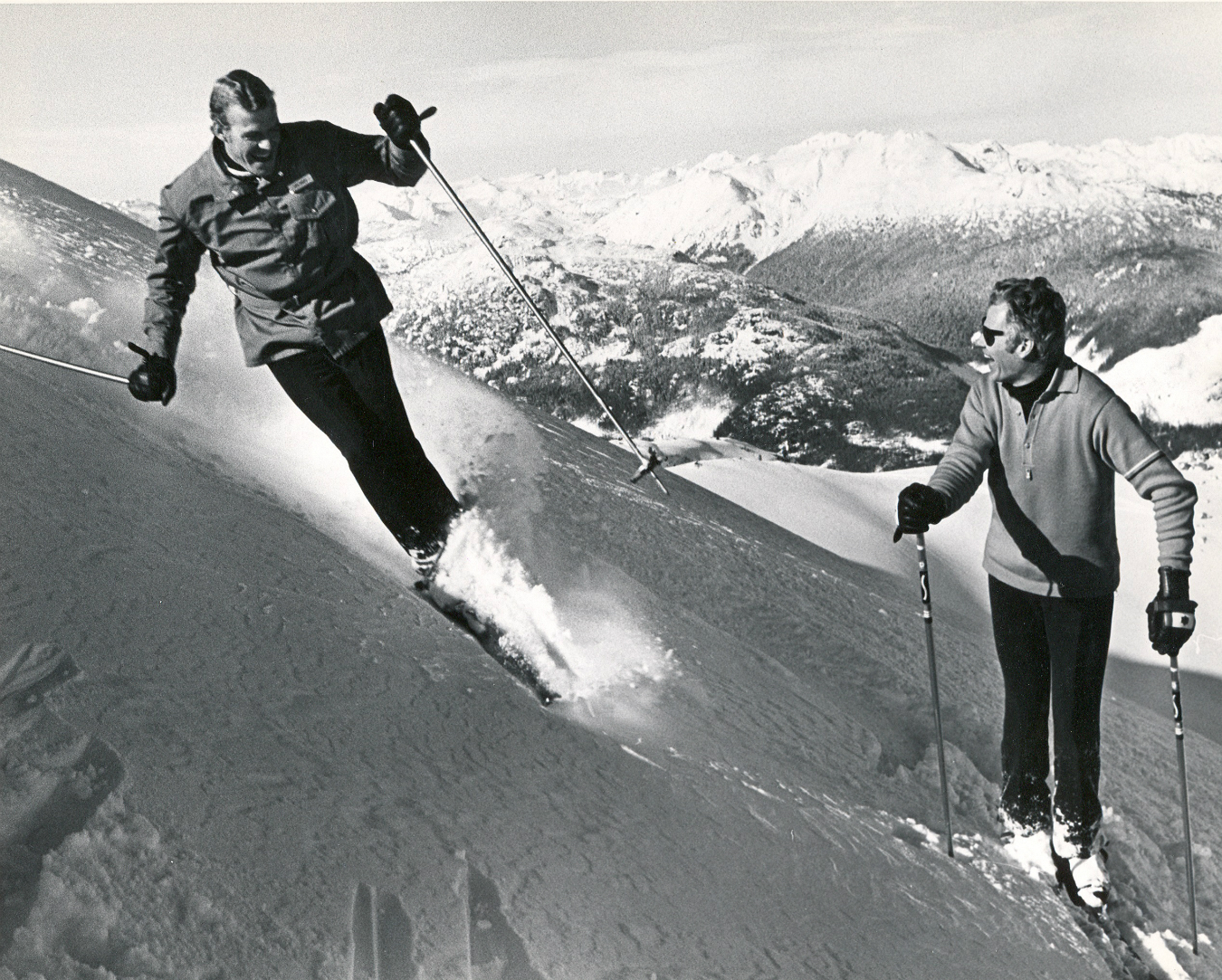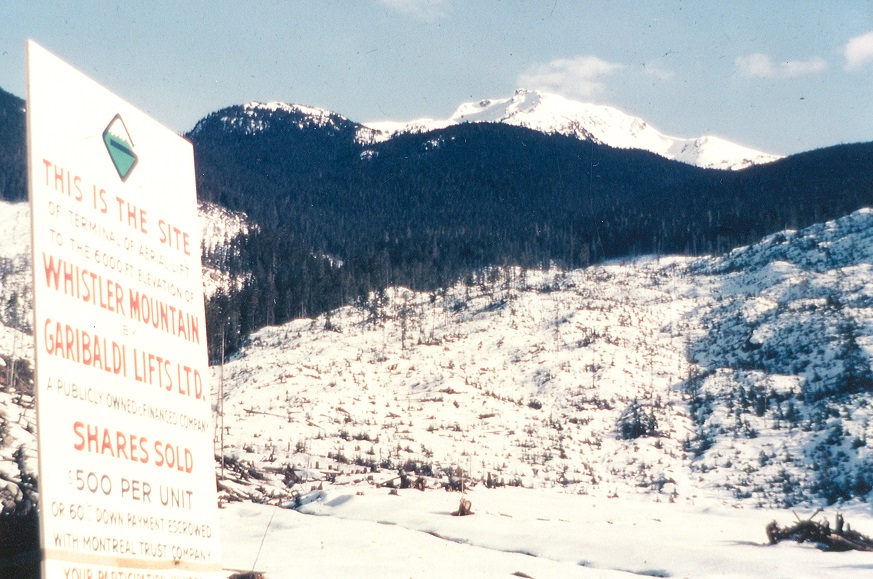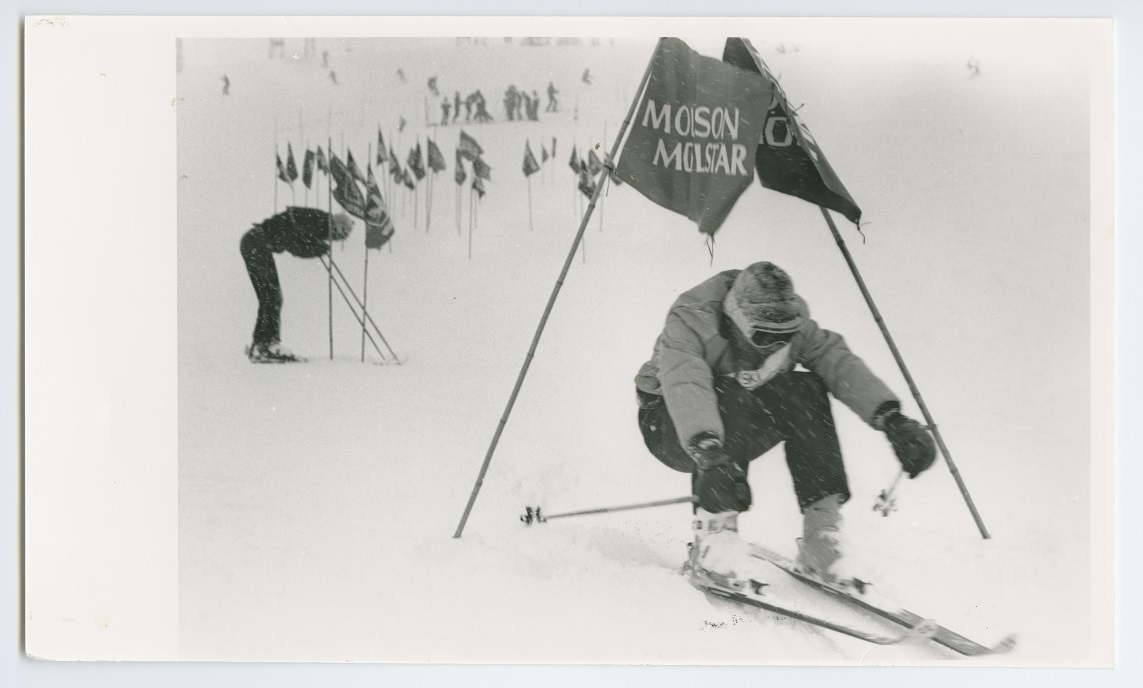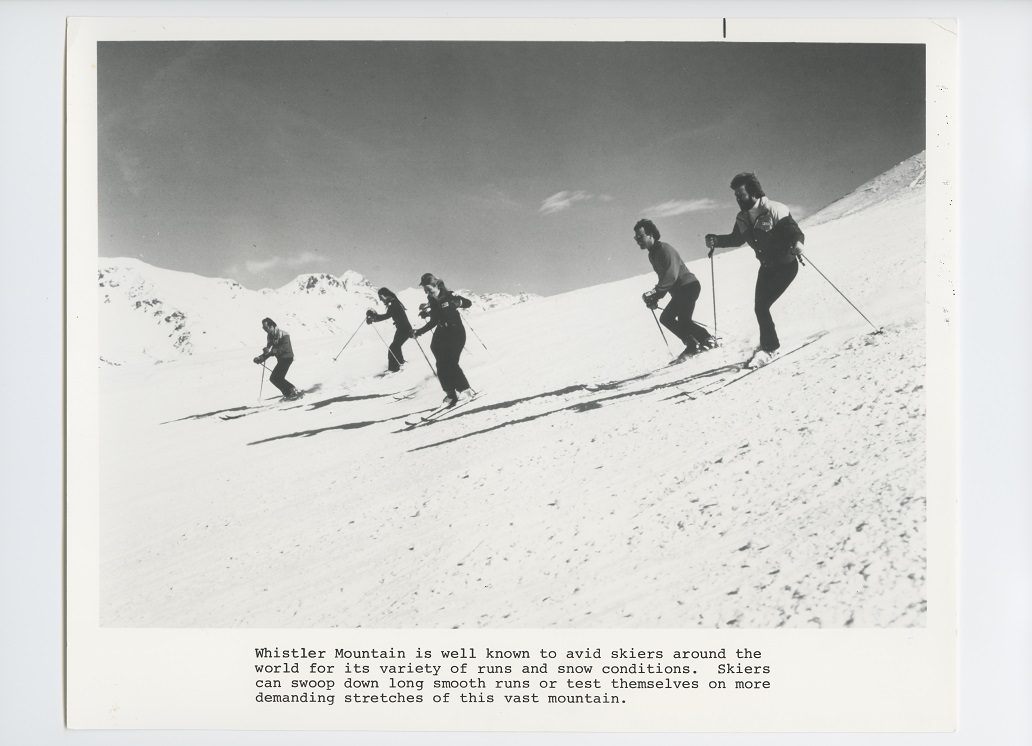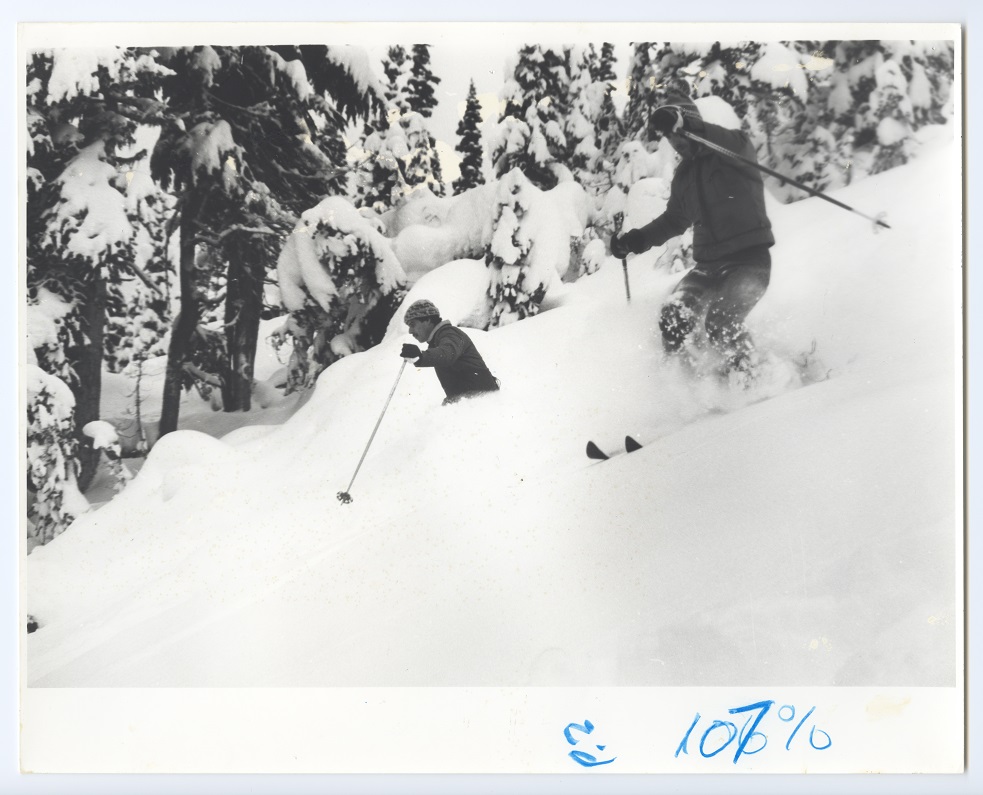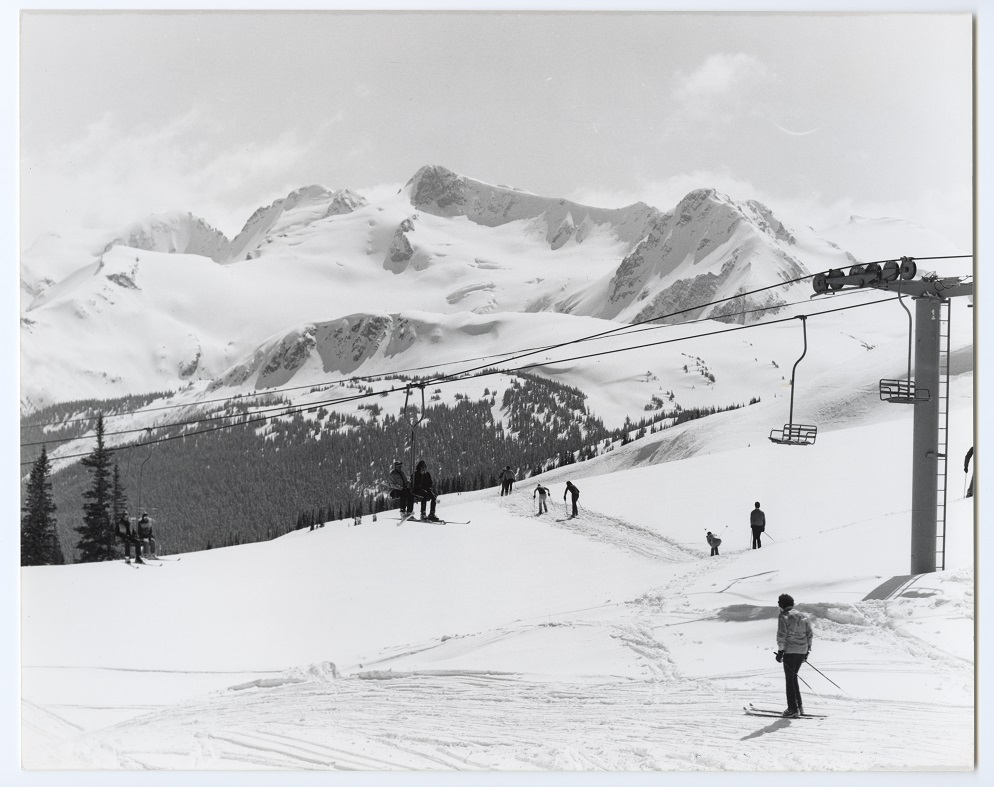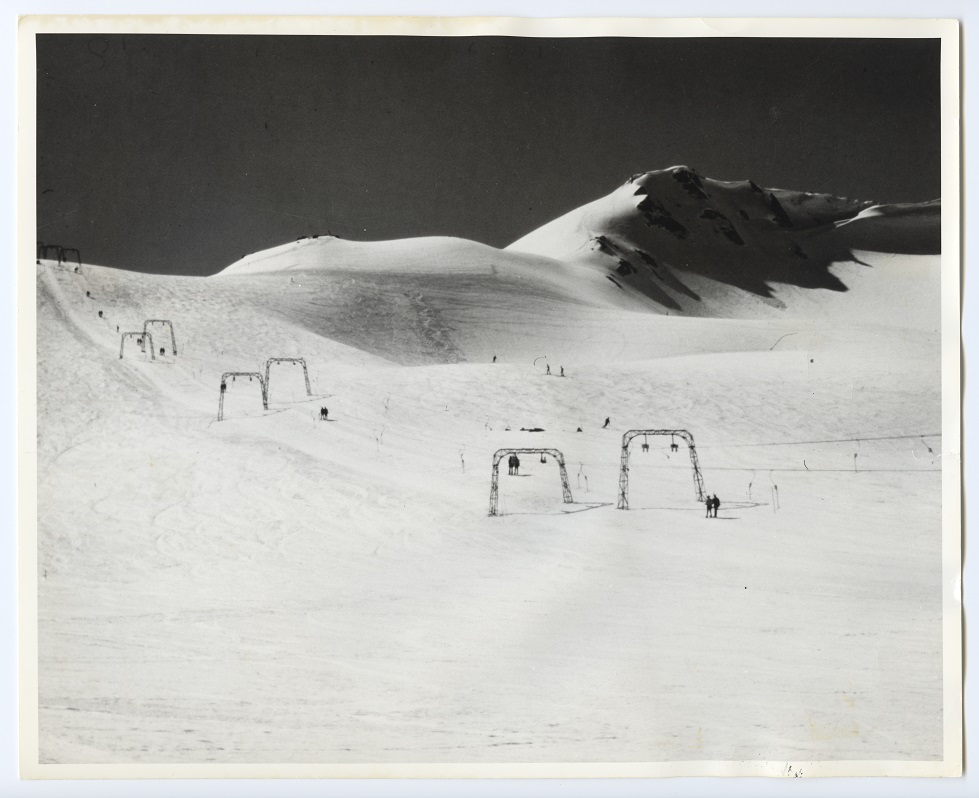In 1972, Whistler was little more than a dirt parking lot and some really groovy snow. Just six years into it’s now 50-year legacy, Whistler Mountain was just beginning to find itself, bringing attention to the burgeoning West Coast ski scene. Bob Dufor, a man who very much embodies the business/pleasure blend quintessential to the Whistler brand, arrived in Vancouver that year via Quebec, as dreams of big powder danced in his head. “I saw an ad in the Montreal Star, in a weekend edition, talking about Whistler, and they showed the mountain and the snow, and the size of it, and it looked pretty impressive so I decided to come out and teach,” says the now-vice president of mountain operations. At the time, Quebec’s regional ski hills speckled around the Laurentian and Appalachian mountains were Canada’s choice destinations for winter pleasure seekers. “When I got here, it was nothing like what I was used to,” he recalls. “The mountains were huge, but there was no village. I remember driving into a gas station and asking the attendant where the town was and he said, ‘Well, this is it.’”
Established in 1966 by two businessmen with the hopes of an Olympic bid here in Vancouver, Whistler has quite easily become the most well-known ski destination on the West Coast. Conveniently located in Vancouver’s backyard, Whistler’s presence affirms the more boastful of Vancouver truisms: that you can ski, swim, and golf all in a single day. Now established as a true international destination with gondolas whisking visitors up and down and side to side, it’s difficult to imagine a time when amenities were limited to a can of beer and a lawn chair.
“If you wanted to get pampered, Whistler wasn’t the place at the time. It was for hard-core mountain skiing,” says Dufor of the early days. “Weekends had about 1,500 people, and that was considered very busy” (in comparison, today’s numbers reach above the 20,000 mark on a bustling weekend). Although rough and rustic, those days are looked back on with a generous dose of nostalgia. “At that stage of my life, in my twenties, things were very carefree. I skied and taught, but that was about all I did,” says Dufor. “I didn’t come here thinking the mountain was going to become one of the best in the world.”
Central to the mountain’s rather unlikely and quick assent to the top was the competition fostered between the original Whistler Mountain and 1980s new kid on the block, Blackcomb. With an eye fastidiously focused on the new wave of outdoor sports—snowboarding, freestyle skiing—Blackcomb gave Whistler a quite literal run for its money. “To be honest, when Blackcomb opened we were always one step behind,” says Dufor, who remained with the original Whistler. “We were always playing catch-up, and then they would come up with something the next year. The guests really benefitted from the competition.” With very little capital during the recession of the early eighties, each mountain had to get creative. When Blackcomb installed a T-bar, Whistler responded with the purchase of a used triple chair. One mountain would sell tickets at grocery stores, and the other would run to 7-11.
Moving out of the recession and into the prosperous late eighties, the updates became grander. “The big change was when Intrawest purchased Blackcomb in ‘86,” says Dufor. “Prior to that, I believe there was only one high-speed lift, in Colorado, so when they put those in, you could feel the mood was changing. We were starting to compete among North America.” In March of 1997, Whistler and Blackcomb merged, putting an end to the competition. “It was a lot of fun,” Dufore says of the rivalry. “But we had to start looking outside of the Lower Mainland and working together.”
Today, glove in glove, Whistler Blackcomb continues to elevate what it means to be a ski resort. Even during the 2010 Olympics, Dufor is adamant that the customer experience was never pushed aside. “People are typically hesitant to ski during the Olympics, so we decided to prepare the mountains as if we would have record days of skiing,” he explains. “During Italy [2006 Torino Olympics], you couldn’t even ski, but we decided to stay open.” After 43 seasons on the mountain, Dufor continues to be excited by each new year, each new mogul, each new forecast. “I go out four to five times a week—I’m going out right after this,” he says. “I don’t go out for the whole day, but I try to go out for a few hours.” Dufor mentions his weekly meeting with his staff, Thursdays at 11 in the morning, as they ski around the mountain, talking with customers in line at the lifts. “It’s like a person who goes and tours the plant they work in,” he says. “Our plant is the mountain.”
Photos courtesy of the Whistler Museum.
Like this story? Read more from our Travel section.
